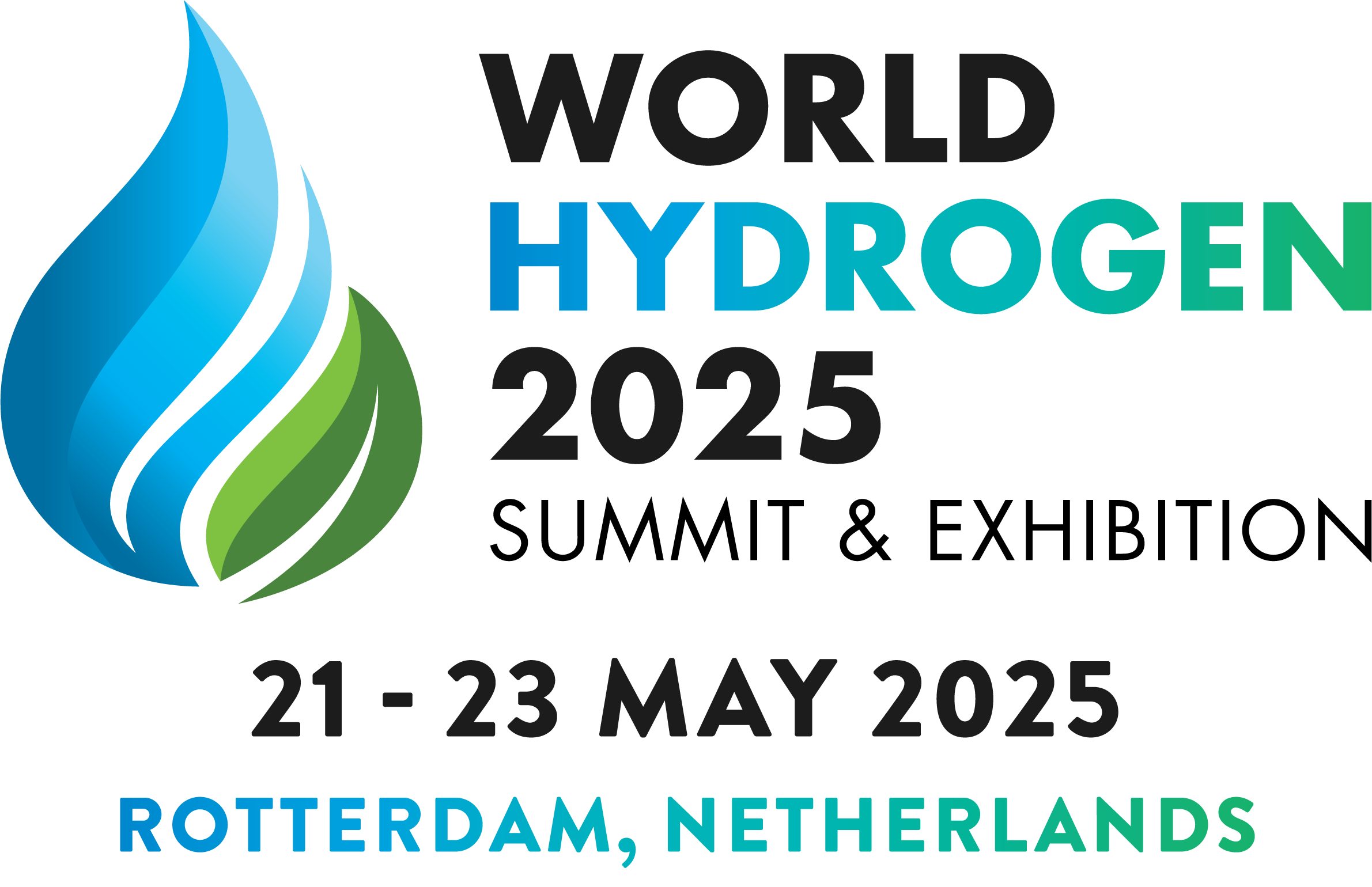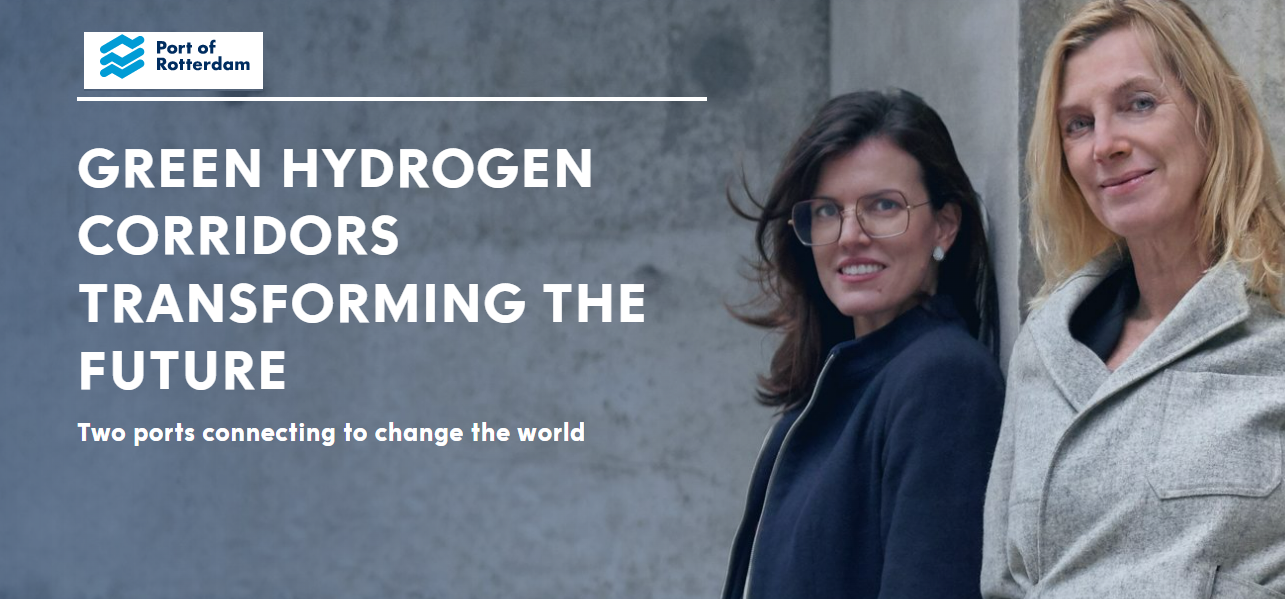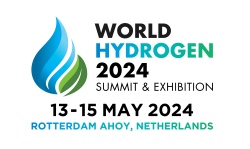The Sustainable Energy Council established the World Hydrogen Advisory Board in 2021, comprised of senior decision makers from global companies in the energy and hydrogen industry, who are a guiding force behind the SEC World Hydrogen Series of Events.
As part of the SEC Series: IN CONVERSATION with the #WorldHydrogenAdvisory Board, we spoke to Board Member Alicia Eastman, Co-Founder & President, InterContinental Energy who gave us her views on the role Hydrogen will play in a decarbonised future, how InterContinental fits into its value chain and some of the perspectives she brings to the SEC Hydrogen Board.
Alicia is also a speaker at our Hydrogen events:
- #APACHydrogenSummit | https://www.asia-hydrogen-summit.com
- #WorldHydrogen2022 | https://www.world-hydrogen-summit.com
Welcome Alicia, please can you introduce InterContinental Energy?
We started the company in 2014 and our initial focus was on large-scale renewable energy projects in areas that have a lot of land that’s very uniform and a diurnal profile of wind and solar, where you have a lot of sun during the day and a lot of wind at night, not at the same time. So this gives you the highest capacity factor and as a result you have the lowest cost of energy. We looked at the globe to see where in the world we would have these commonalities and it’s generally deserts next to the ocean and in MENA and in Australia – these are the strongest areas in the world. And then also Chile and Argentina.
My partner and I, we founded the company to basically set up these entities and to use this energy to export it to the markets that need it. So the energy is located in stranded locations and it needs to be used in locations of high consumption that don’t have the capacity for renewables – they don’t have the land, or they don’t have the resources available where they are. We first decided where we were going to go.
My partner has a long background in doing renewables of all kinds for the last 20+ years and I have a long background in investment. So I’ve done a lot of investments all over Asia and specifically in the Middle East I have done a lot of large-scale projects there and we had worked together before when I looked at different investments. So I had a lot of experience with him and he came up with this concept and I thought this is a great idea.
At the time, there were a lot of advantages to long-distance transmission there were a lot of improvements that have been made, so you had less loss and could go longer distances in terms of overland and undersea cables. So that was our initial approach to what our plan was.
After we already started the projects in Australia and in Oman, we realised that hydrogen at these prices at the upstream renewables was actually feasible. This is something we could actually do and hydrogen could be moved from one place to another without using a pipeline, without using some kind of point-to-point type of transmission. So we looked into it, and while hydrogen itself is a little bit difficult to move around by ship. If you add nitrogen to it, then it becomes ammonia, and ammonia is a lot easier to move around and that became our focus, that is to build projects that have the upstream wind and solar in very large sizes, all of our projects are 25 GW +.
We have the Asian renewable energy hub, and the Western Green Energy Hub, both in Western Australia, one is 25 GW, the other one is 50 GW and we have Green Energy Oman, based in Oman, which is 25 GW and we have a pipeline with a few more, but all large-scale projects. So once we have decided on this way of transportation, all of our projects have become upscale, the upstream wind and solar, the production of hydrogen, and then the production of ammonia for export.
How does InterContinental Energy fit into the hydrogen value chain?
Actually, we’re in the middle. Because our projects are so large, we would actually be purchasing a lot of the supply chain in large quantities enough to have dedicated facilities. So everything going into the wind turbines, into the solar, the electrolysers, all the different equipment – we want to produce a lot of that on site because it’s more efficient for the project and it’s also better for the communities so they actually have long-term jobs, long-term production that extends beyond the build-up of the project. And it makes a lot of sense, because you also have a big enough project to warrant a dedicated facility.
What is necessary in order to decarbonize & replace fossil fuels & what role will hydrogen play?
I think in order to meet our goals and to actually decarbonise, we need to use all the tricks that we can. We need to use all the arrows and quivers everything that’s possible. And to some extent, we should be electrifying as much as we can so we have the wind and solar available and we have the grid available, and we should use that to the extent that we can.
But obviously, not everything can be electrified and not everywhere is connected to a grid or connected to some form to actually access the electrons. And that’s why fuel cells are so important. And we need a replacement for fossil fuels, by some kind of green fuels.
I think standing in the way is really just an accurate understanding of what our current fuels cost us. So, right now, we have a pricing for coal, we have a pricing for oil, but that price doesn’t include the cost to the environment, it doesn’t include the costs to the populations that live near the refineries or near the projects and so we think that we have a much cheaper fuel than we really have. And until we can actually price in those costs, there won’t be a lot of people who choose the green product as an alternative. So I think that there needs to be regulatory changes that effectively just do accurate accounting of what the real costs are for these products that we’re using all the time.
How are current policies & regulations helping or hindering the adoption of hydrogen?
I think that there are certain areas in the world that are leading. You’re seeing hydrogen roadmaps and environmental policies and commitments from a lot of Europe, a lot of North Asia, I think these are very positive.
The United States is heading in a different direction, which is great, moving towards also making commitments and we’ll see what COP26 actually reveals, but I think that regulatory bodies are moving in the right direction.
I would personally like to see IMO get more involved with more regulations and possibly different carbon taxes because right now, it’s going a little bit slowly to actually be hopeful for hitting our goals for net-zero by 2050.
What companies & sectors are you partnering with & looking to partner with in the future?
So for us, because we are making for the most part green ammonia with most of our projects, especially for the first phases, we are interested in co-firing with power companies, and the shipping industry and also industrial and chemical uses, so green steel. So, we’re interested and we’re speaking with a number of these parties that will be willing to do long-term offtake agreements.
In our opinion, this market will be built in much the way that the LNG was built. You basically have two parties that have the long-term offtake agreements which underpins the financing for your project and allows you to move forward and in that way. The market may start just one to one from one offtake agreement and then expands beyond that to something that is traded quite widely, and especially with something shippable, which is not point to point.
So you’re able to actually have a more dependable market so people like shipping companies can know that they will have fuel if they buy a ship which has an ammonia engine. You need to get everyone on the same roadmap, because there are willing buyers and there are willing sellers, but they all have to have the same timing and that’s just one element of it.
And that’s just one element of it. You need to work with the end customer, and to understand what their needs are, and how to get the product to the end customer. But then, you also have a number of other entities in between. So for shipping you have ports, bunkering companies, regulations, safety protocols. There is a lot of different things that need to happen and be aligned in order for everyone to move forward. So people are working together on different projects to push it for each other.
What has been the biggest lesson or achievement in the past year whilst adapting to the global pandemic?
I think the big lesson of the pandemic has been how connected we are and you really need to take care of everyone. Everyone needs to have access to care, otherwise everyone gets dragged down. And this sort of interconnectivity of the world is displayed in the pandemic, but it’s also displayed in the environment.
I think that this has made the environment and the problem of climate change more real for people. I think it has made people realise that it’s not something that you can just pay your way out of or if you’re wealthy you’re not going to be affected, if you’re a wealthy country you’re not going to be affected. This is really something that is affecting everyone and we need to care about every corner of the world in order for the entire world to survive.
That has been definitely something, one reason that has driven people towards other ways to solve this global crisis. I mean, how do we decarbonise. I think there has been a much greater drive for that reason.
And then for us, just personally, I think we definitely miss seeing a lot of people in person. I mean a lot of our teams has been stuck behind borders in different countries and a lot of our partners we haven’t been able to see in person for some time and definitely we miss that. That has been very important for our working relationships. But I also think we travelled too much. I think we didn’t actually need to go as often as we did. So I think that moving forward, there will be a little bit less of that rampant travelling and that should be helpful for the environment as well.
What perspectives do you bring to the Hydrogen Advisory Board?
I think from our perspective, we’re more interested in ammonia and to some extent that can be cracked back to hydrogen but there are just many different ways in which hydrogen can be used and produced. I think there is a spectrum – you can produce locally and use small amounts and you don’t have to transport it, so it’s a cheap enough price. You don’t need to have the cheapest inputs in order to have a reasonably priced product.
But for us, we’re a large mass producer who is exporting and in form of ammonia, so for us the thing that we’re interested in, I guess, is influencing the regulations around that, helping to ease the way for that to make ammonia available in different markets, worldwide that they need to import that they can’t really compete with that price locally, they just can’t make enough locally to fill all their needs.
So we’re interested in collaborating especially the import and export and transportation of larger quantities of ammonia and specifically the shipping side of it is important to us. I also think it’s a board with a different geographic representation and I think that we have from our portfolio, we have a pretty broad spectrum of where our projects are and where the products are going. So I think we’re actually really interested in most geographies in the world that would be playing some part on one end or another. I think that makes us pretty interested in everybody that is on the advisory board and everybody that we can collaborate with.
What are your top three goals and ambitions for the company and for the industry?
For our company, we would love to see our 4 projects realised. We are looking at over 200 GW of upstream power and the downstream the 80MTPA of ammonia produced. We’d love to see the offsets that that creates – the carbon dioxide and the methane saved that is not emitted to the atmosphere. So those are our big goals for our company.
For the industry, definitely I think having agreements, regulations and different emissions offset credits, taxes, different carrots and sticks in place that aid different entities to move forward. I’d definitely would like to see those come to fore and see green fuels really make a dent in what we’re using now in terms of our energy mix. I mean it’s definitely a dream because the end goal is decarbonisation and not having an even bigger climate crisis on our hands 10, 20, 30 years from now.





